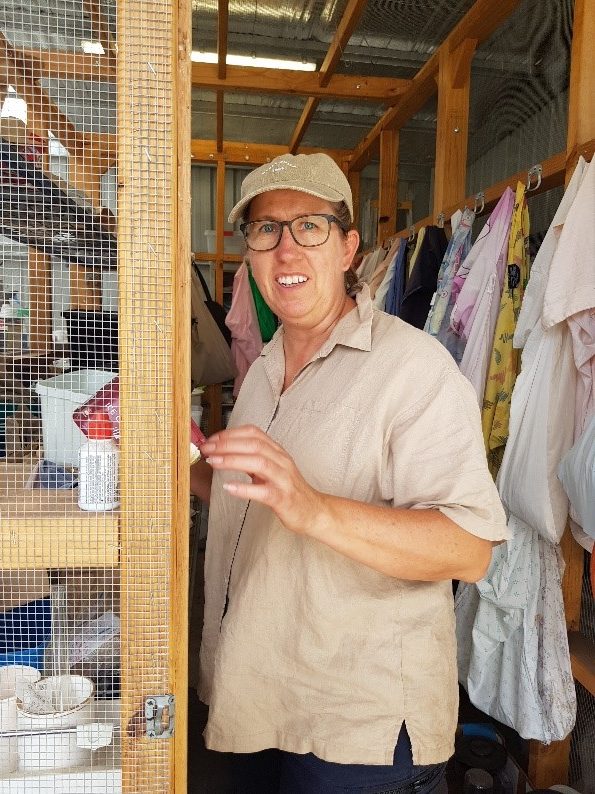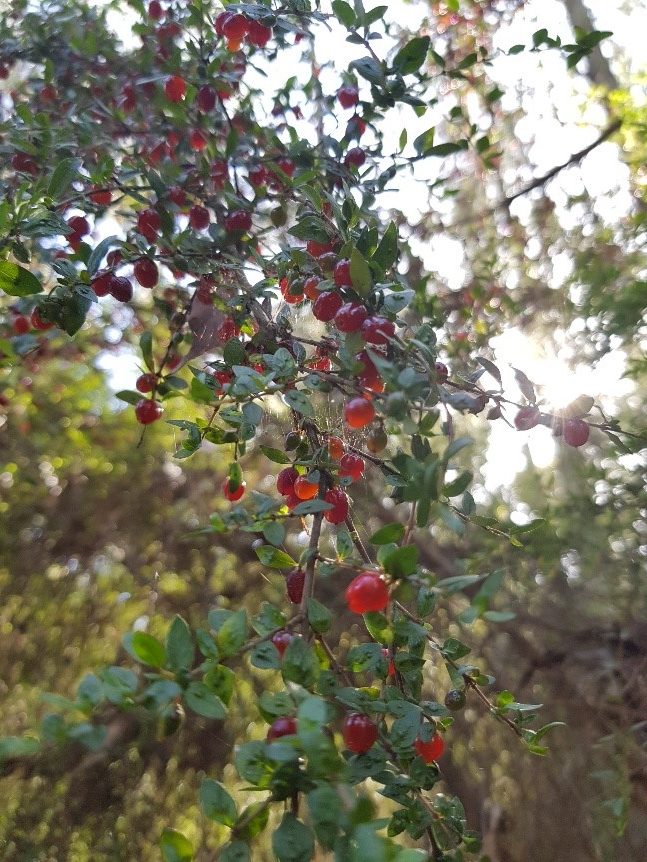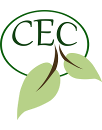Latest news
Read full articles here
- The seedbank project
Adele Richardson Nursery Manager
Over this propagation season, Nursery staff and Volunteers have sorted through much of the older seed in the Seedbank and tested its viability. Results were as expected: the older the seed, the less germination. However, some surprising results occurred such as 70% germination from seed such as Melaleuca ericifolia collected 9 years ago.
Tests were conducted using an even measurement of weight and / or volume, then the germinates were % counted. On Average Eucalyptus seed is 60% viable at 10 years age. This is not too bad considering we have not had suitable storage conditions. Viability is determined on how well seed is collected then stored and it is only recently that we have improved our ability to keep seed cool by the new Seedbank facilities funded by the Andrew’s Foundation. Also funded was the Kimseed machine (pictured) this machine only tackles some of the seed cleaning needs.

Linda Sijpkes cleaning seed

As the Seedbank contains seed of certain threatened species such as Eucalyptus fulgens (Green Scent Bark), it is important that the seed does not lose too much viability before it can be propagated and planted to conserve the genetics by producing a new generation. Testing the viability of seed also gives us an indication of how much seed is required when direct seeding either within the nursery or in the field. There has been some seed thrown out however we feel it is best to just germinate the seed regardless of its low viability and get the plants into the ground regardless.
Over the years the CEC has several landholders who have participated in planting species onto their properties, where the provenance and numbers had been recorded. Landcare has also been instrumental in conducting many Direct Seeding sites that we have taken opportunity to improve the genetics of certain species. By now these sites will be mature enough to harvest seed from.
Kym Bennett in seed cage
Thank you to the Volunteers who have collected seed over the past year, especially Alan and Angela Forte, Vivien Clarke, Roger Phillips, Anne and Gayle Savige. The seed collecting season often comes with a ‘bang’, and it is virtually impossible to get to all sites. There was good growth last year resulting in good seed amounts, only some species seem to be struggling for various reasons and most seed seems to be mature 2 weeks later than the ‘drier’ years, this would also be the lower than usual light levels due to cloudy days. The wet conditions saw a lot of the early daisies seed rot on the plant or get washed off before we could harvest. Insect attack / disease transfer has been high in species such as Lomandra and Dianella, again various reasons possible and the high amount of water movement in areas has seen a transfer of the Dieback disease Phytophthora cinnamomi.

Collecting Coprosma seed

Each seed lot collected at the nursery is recorded with min details such as location, date, collector, number of parent plants. Other info is also important to give us the best chance to confirm plant identity such as whether the plant is in a known remnant site or a possible planted site, is it on the edge, Is it an isolated specimen? Information gathered can be compared to online information and sometimes lead to interesting information regarding the way a plant community has changed over the years, at what stage the community may be in its succession and how to go about the best way to conserve such as mosaic cool burns, supplementary planting, thinning, slashing. Plant identification has been backed over the years by local Botanist Fiona Sutton, the Melbourne Herbarium, Yasmin Kelsall and Trish Stewart.
Each seed lot collected at the nursery is recorded with min details such as location, date, collector, number of parent plants. Other info is also important to give us the best chance to confirm plant identity such as whether the plant is in a known remnant site or a possible planted site, is it on the edge, Is it an isolated specimen? Information gathered can be compared to online information and sometimes lead to interesting information regarding the way a plant community has changed over the years, at what stage the community may be in its succession and how to go about the best way to conserve such as mosaic cool burns, supplementary planting, thinning, slashing. Plant identification has been backed over the years by local Botanist Fiona Sutton, the Melbourne Herbarium, Yasmin Kelsall and Trish Stewart.
Coprosma berries

There has been some discussion and misconception about provenance over the last few years, is it still important? Yes, it is, and yes, it is confusing. . There is a science behind seed genetics and understanding the way plants evolve through the landscape is based on many factors. Landscapes are certainly changing and replanting doesn’t always match up with the EVC described for the area. Our advice is that unless you have an understanding about these processes, which can only come through years of ecological experience, then stick to provenance and/ or the provenance ‘next door’ if your site has become drier, or wetter, as the old saying ‘right plant right place’ is still valid, if plants have not evolved with the particular soil conditions, then they will not thrive. This is also very important for our local animals and birds who still need those local plants to survive and follow in the Biolinks.
There has also been the risk of genetic loss with hybridization of non-indigenous species which is making it difficult to collect pure forms of certain species such as Acacia, Correa and Eucalypts species such as Green Scent bark. Often seed lots are sown in the nursery and the progeny germinated are a diverse range of form, obviously hybridised. The plants that are not true to form are discarded. The remaining only get planted back in the areas where the seed was collected from. Such as the Acacia oxycedrus from the Coast would not get planted in Labertouche otherwise we would be introducing Acacia longifolia genes to an area that would contaminate the pure form of A. oxycedrus.

Kristine Trewin potting seedlings
In November 2023 the Western Port Catchment Landcare Network and the CEC ran a seed collecting field day at Bunyip Sanctuary. This was aimed to enable anyone with the knowledge on how to ethically collect seed and included all the safety considerations, permit info, and methods. In Dec the CEC were fortunate enough to have Botanist Graeme Lorimer conduct his Grass Course in our education rooms at the nursery, enthusiastic volunteers and staff were thrilled to delve deep into botanical nomenclature and have our brains ‘twisted’ with intense plant identification.
- Management of Public Land
After about 24 years, CEC recently advised DEECA through the Minister for Environment that we can no longer manage the areas of Public Land which are so important within Cardinia.
A letter to the Minister outlined some of the many meetings which have taken place over recent years where CEC was seeking funding, as a minimum for reimbursement of expenses necessarily incurred in looking after the land. Most individuals within DELWP (now DEECA) and Melbourne Water with whom we spoke agreed that of course such expenses should be refunded but, unfortunately, the years of talking revealed that their model does not allow for it.
There are a number of smaller Reserves but the three main ones are Bandicoot Corner in Bayles, Beaconsfield Nature Conservation Reserve (BNCR) and Guys Hill Reserve. All are important for biodiversity in the area. Through its defined role of caring for the environment in Cardinia, CEC will of course maintain an interest in all of the Reserves and continue to provide assistance where possible. The status quo could not continue under conditions which did not permit management which did justice to the intrinsic importance of these areas.
CEC has involvement in ongoing discussion about the Reserves. We have some optimism about prospects of a positive announcement later this year.

